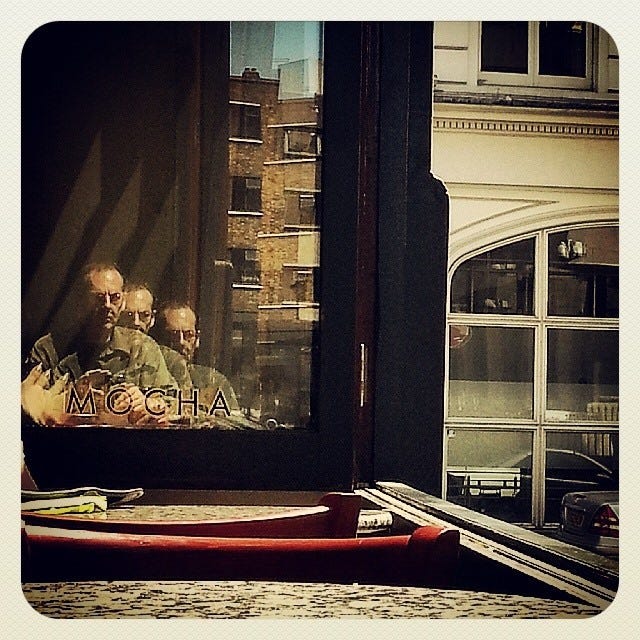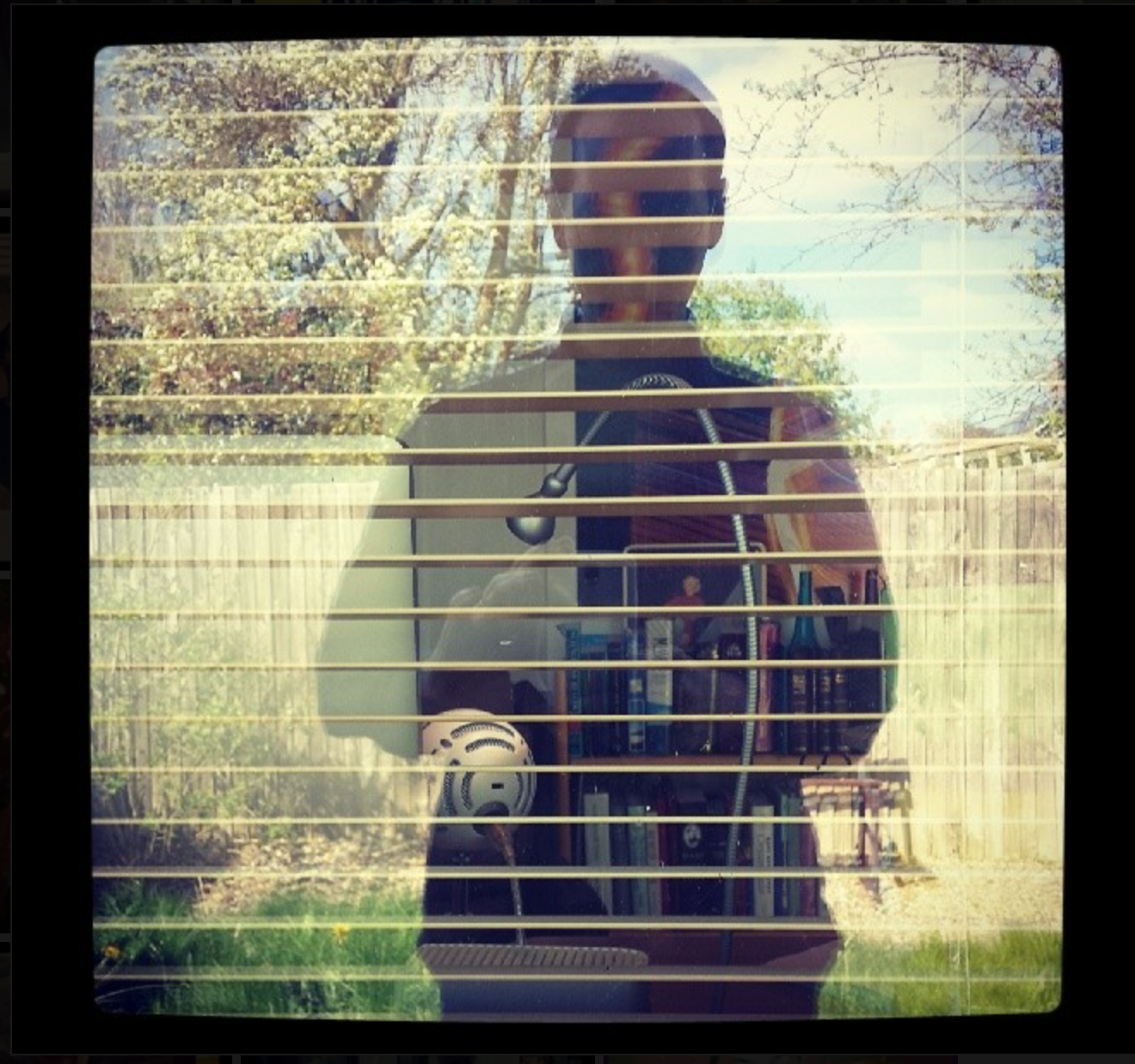Ever since selfies first began adorning the walls of prehistoric caves, the need to record our lives in images has continually evolved. Yet nothing has allowed the practice to mushroom quite like the arrival of the internet and smartphones.
Snapping oneself is now so socially centre-stage that recent research showed a third of the nation uploads at least one picture of themselves every week, with one survey suggesting some “snap-happy young women” spend up to five hours making sure they get just the right shot.
This undoubtedly means more time is being spent smiling into the camera than ever before. But does it mean we are actually happier? Does every outwardly smiling face denote an inwardly happy heart?
Clearly not.
When we hold up that selfie stick and pose for digital posterity, most of us know we’re capturing just the outer facade of a personality that is often a blend of happy and sad, of self-affirming and self-critical, that’s sometimes loving and at other times resentful.
But is a sad, self-critical or resentful view of yourself any more “the authentic you” than that smiley facade? Or is there another “real deal” you to be uncovered beneath the debris of false positives and disempowering negatives?
In addressing these questions for myself over the past three decades, I have found the following ideas helpful.

1 We can disentangle our thinking!
“We don’t realize that, somewhere within us all, there does exist a supreme self who is eternally at peace,” wrote Elizabeth Gilbert in Eat, Pray, Love.
We do, indeed, have a “supreme self”, an individuality that reflects something of the supreme Good that is our divine Source. Knowing this offers a model against which to weigh our thinking.
That’s a conclusion which can be drawn from the example of Jesus, whose image never appeared in a selfie, yet is probably the most widely recognised visage on earth.
In another sense, though, Jesus did leave behind images that afford a record of who he was. He gave us parables — simple stories to teach profound truths — that offer us snapshots of his thinking.
Many of these tales teach how to differentiate between a material self-consciousness that conceals our better self and the spiritual consciousness that tells a different story of an underlying divine goodness. As we get better at discerning these competing types of thought, we learn to refute any inner whisper of unworthiness or, conversely, of self-centred pride, and to listen instead for a more spiritual idea of who we actually are.

2 We don’t need to settle for a lesser love for ourselves
A thought-provoking piece on dealing with “Tween Crushes” has recently done the rounds on Facebook. It’s a primer from mother to daughter on how to recognise true love.
Her dating advice? She offered her daughter a 2,000 years old text — the Apostle Paul’s letter to early Christians in Corinth– and suggested she put any prospective suitor’s name in place of the word “love” and then read it.
The passage is the following: “Love is patient; love is kind. Love isn’t envious, doesn’t boast, brag, or strut about. There’s no arrogance in love; it’s never rude, crude, or indecent — it’s not self-absorbed. Love isn’t easily upset. Love doesn’t tally wrongs or celebrate injustice; but truth — yes, truth — is love’s delight! Love puts up with anything and everything that comes along; it trusts, hopes, and endures no matter what.”
Surely this is not only a good test for teens, but also for the rest of us!

3 We don’t need to settle for a lesser love in ourselves
Of course, it works both ways.
The mother also recommended her daughter put her own name in that passage to see whether she was shaping up to be the type of person someone else could like.
That, too, is a good test at all ages and stages.
But our potential for experiencing and expressing love isn’t confined to finding the right relationship. It goes deeper and broader than that.
Author Danielle Steel recently blogged about sorting through an “outbox” containing items up to 20 years old. Among the treasures she recovered was a passage she really liked by Mary Baker Eddy “about love, and life”.
It reads: “I make strong demands on love, call for active witnesses to prove it, and noble sacrifices and grand achievements as its results. Unless these appear, I cast aside the word as a sham and counterfeit, having no ring of the true metal. Love cannot be a mere abstraction, or goodness without activity and power.”
As we make an honest effort to develop this kind of unselfed affection, we begin to recognize that it’s a love no-one can give to us or take from us, because it expresses the underlying nature we each have as the sons and daughters of divine Love.

4 Let’s not get self-absorbed!
A note by the same author helpfully pinpoints tendencies that would prevent us from identifying that deeper love as the very raison d’etre of our lives.
It reads: “Absorbed in material selfhood we discern and reflect but faintly the substance of Life or Mind.” (The capital letters indicate the Divine.)
Echoing words of Jesus to those who first caught sight of the healing spirituality he stood for, Eddy recommends a denial of that “material selfhood”.
That might sound rather drastic (or even impossible), but the key word here is material. This isn’t a call for self-obliteration, as some philosophies teach. It is about the self-fulfilment that comes from trading limited assumptions about our lives for a much grander and more glorious view of ourselves as made in “the image and likeness of God”, as the Bible suggests.
I love the way the poet William Blake once put it: “If the doors of perception were cleansed everything would appear to man as it is, Infinite.”

5 Let’s claim our spiritual identity!
Blake also described the opposite condition that many of us find ourselves struggling with.
He added: “For man has closed himself up, till he sees all things thro’ narrow chinks of his cavern.”
What do we see through the “narrow chinks” of the five material senses? We often see ill health, fears, inadequacy, troubled relationships and so on.
Spiritual perception isn’t about sticking our heads in the sand and ignoring these “warts and all” aspects of our lives. Rather, it is about healing them through a transformation of the way we view ourselves, during a step by step journey of spiritual self-discovery.
Far from involving the self-condemning thoughts too often associated with religious thinking, this journey sets us free from self-condemnation, gently and lovingly saying: “Note to self — you’re not the real me!”
That is, those false “mental selfies” — whether withering or boastful — that want to post themselves in our thinking and undermine our inherent self-worth don’t come to us from our divine Parent. And what divine goodness doesn’t give us doesn’t truly define us. As those false self-images fall by the wayside we get a better view of our eternal, spiritual nature, one that is consistently joyful in experiencing and expressing good.
This true, spiritual selfhood is available for each of us to discern, right now. We can claim it for ourselves, and prove it be our true self, through perceptive and persistent prayer and by living the outward looking love that naturally follows such spiritual activity.
As you do, you might be delighted to discover just how amazing you truly are!


This photo-essay was first posted on Medium.com as “5 (Spiritual) ways to value who you truly are”!


Much appreciate points taken; especially on struggle with self-justification (adamant referred to on p. 242)
LikeLike
Good ideas to work on. Divinely directed.
LikeLike